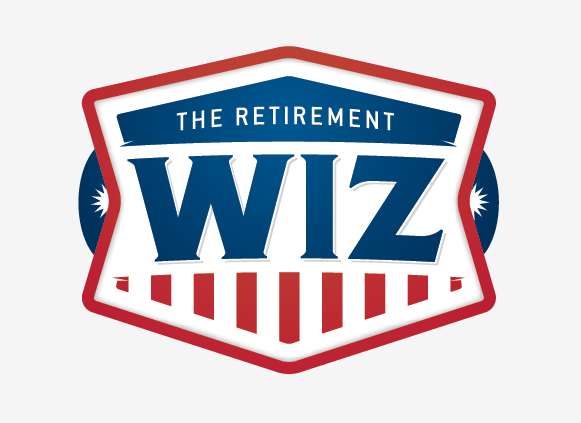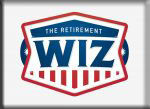Whole life insurance is a life insurance policy that remains in force for the insured's whole life and requires (in most cases) premiums to be paid every year into the policy.
All values related to the policy (death benefits, cash surrender values, premiums) are usually determined at policy issue, for the life of the contract, and usually cannot be altered after issue.
This means that the insurance company assumes all risk of future performance versus the actuaries' estimates. If future claims are underestimated, the insurance company makes up the difference. On the other hand, if the actuaries' estimates on future death claims are high, the insurance company will retain the difference.
In a participating policy the insurance company shares the excess profits with the policyholder. Typically these refunds are not taxable because they are considered an overcharge of premium. The greater the overcharge by the company, the greater the refund/dividend. For a mutual life insurance company, participation also implies a degree of ownership of the mutuality.
Similar to non-participating, except that the premium may vary year to year. However, the premium will never exceed the maximum premium guaranteed in the policy.
A blending of participating and term life insurance, wherein a part of the dividends is used to purchase additional term insurance. This can generally yield a higher death benefit, at a cost to long term cash value. In some policy years the dividends may be below projections, causing the death benefit in those years to decrease.
Similar to a participating policy, but instead of paying annual premiums for life, they are only due for a certain number of years, such as 20. The policy may also be set up to be fully paid up at a certain age, such as 65 or 80. The policy itself continues for the life of the insured. These policies would typically cost more up front, since the insurance company needs to build up sufficient cash value within the policy during the payment years to fund the policy for the remainder of the insured's life.
A form of limited pay, where the pay period is a single large payment up front. These policies typically have fees during early policy years should the policyholder cash it in.
This type is fairly new, and is also known as either excess interest or current assumption whole life. The policies are a mixture of traditional whole life and universal life. Instead of using dividends to augment guaranteed cash value accumulation, the interest on the policy's cash value varies with current market conditions. Like whole life, death benefit remains constant for life. Like universal life, the premium payment might vary, but not above the maximum premium guaranteed within the policy.
Whole life insurance typically requires that the owner pay premiums for the life of the policy. There are some arrangements that let the policy be "paid up", which means that no further payments are ever required, in as few as 5 years, or with even a single large premium. Typically if the payor doesn't make a large premium payment at the outset of the life insurance contract, then he is not allowed to begin making them later in the contract life. However, some whole life contracts offer a rider to the policy which allows for a one time, or occasional, large additional premium payment to be made as long as a minimal extra payment is made on a regular schedule. In contrast, universal life insurance generally allows more flexibility in premium payment.
The company generally will guarantee that the policy's cash values will increase regardless of the performance of the company or its experience with death claims (again compared to universal life insurance and variable universal life insurance which can increase the costs and decrease the cash values of the policy). The dividends can be taken in one of three ways. The policy owner can be given a check from the insurance company for the dividends, the dividends can be used to reduce the premium payment, or the dividends can be reinvested back into the policy to increase the death benefit and the cash value at a faster rate. When the dividends paid on a whole life policy are chosen by the policy owner to be reinvested back into the policy, the cash value can increase at a rather substantial rate depending on the performance of the company. The cash value will grow tax-deferred with compounding interest. Most whole life policies can be surrendered at anytime for the cash value amount, and income taxes will usually only be placed on the gains of the cash account that exceeds the total premium outlay. Thus, many are using whole life insurance policies as a retirement funding vehicle rather than for risk management.
Cash values are considered liquid enough to be used for life style choices, but only if the owner is financially healthy enough to continue making premium payments (Single premium whole life policies avoid the risk of the insured failing to make premium payments and are liquid enough to be used as collateral. Single premium policies require that the insured pay a one time premium that tends to be lower than the split payments. Because these policies are fully paid at inception, they have no financial risk and are liquid and secure enough to be used as collateral under the insurance clause of collateral assignment.) Cash value access is tax free up to the point of total premiums paid, and the rest may be accessed tax free in the form of policy loans. If the policy lapses, taxes would be due on outstanding loans. If the insured dies, death benefit is reduced by the amount of any outstanding loan balance.
Internal rates of return for participating policies may be much worse than universal life and interest-sensitive whole life (whose cash values are invested in the money market and bonds) because their cash values are invested in the life insurance company and its general account, which may be in real estate and the stock market. However, universal life policies run a much greater risk, and may lapse. Variable universal life insurance may outperform whole life because the owner can direct investments in mutual fund sub-accounts that may do better. If an owner desires a conservative position for his cash values, par whole life is indicated.
Cash values associated with these policies carry provisions alongside their benefits that may not be beneficial for policy owners and insured individuals. Typically, when death benefit is paid out, policy cash values revert to the issuing company; they are therefore lost. The reason for this is that all policy cash values become owned by the issuing company (a fact that can be verified in the policy contract), they therefore control when and how these are paid out.
This information is not intended to be tax or legal advice, and it may
not be relied on for the purpose of avoiding any federal tax penalties.
You are encouraged to seek tax or legal advice from an independent
professional advisor.


